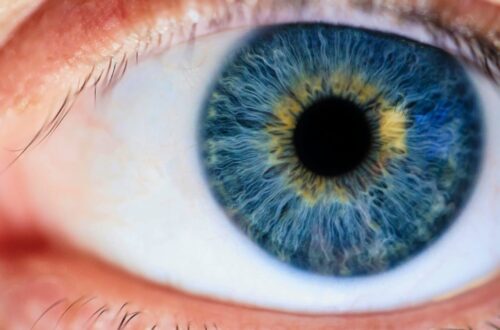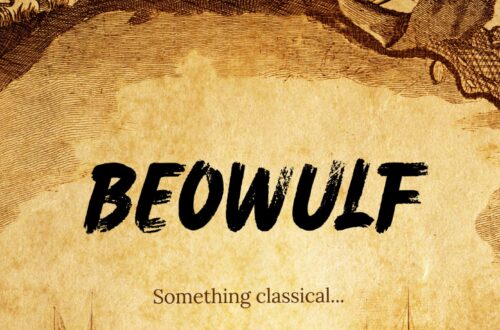In the Iliad, many objects or even many invisible things have been personified many times. For instance, personification in Iliad occurs in term of sleep ,dream, horses, rivers etc.
Firstly, Dream has been personified by Zeus. At the first stage of the story, when Zeus is worried about the way how to implement the plan that he previously promised Thetis, a sea nymph and mother of Achilles, Zeus decides to send Agamemnon a dream by telling, “Off you go, destructive dream to the Greek ships.” The dream listens to his instruction and leaves. Thus dream has been told to “go” and “listen” which is surely a human quality. So this is a personification of dream where the dream is able to move and fly by itself.
Secondly, sleep is also personified by Hera and their conversation is quite interesting in that book. Hera wants to take the control of the war from Zeus’s hand and thus by her tactics she wants to put Zeus in sleep. To implement her plan, she flies to the dwelling place of the god of sleep and she persuades him to help her. She addresses him as ” Sleep, lord of all god and mankind” and begs help saying, “Seal the bright eyes of Zeus for me”. Also Hera offers a bribe for sleep and offers him a chair. But sleep refuses this because he is afraid of Zeus and once he did the same thing Hera before and then Zeus punished him. In this situation, Hera cleverly offers another bribe for sleep. She promises to give him one of the graces(goddesses of charm, beauty ,nature and fertility), a young goddess that he longed for. Then sleep agrees to do Hera’s proposal. These features like taking bribes, talking, being afraid of Zeus, all reflect the human features or human qualities. So sleep has been personified here.
Thirdly, Achilles’s horses are personified after the death of Patroclus. Achilles has two wild horses that are immortal. Their names are Xanthos and Balius and gods gift them to him. The horses are the signs of Achilles’s close relationship with the gods. When Patroclus dies, Achilles’s horses weep there. Homer describes it as, “warm tears flowing down to their eyes to wet the earth…. The horses mourned” As the horses are responding to their feelings like humans, this is humanization of the horses. After this, Hera gives the horse Roan Beauty(Xanthos) speaking power and he foretells about the doom of Achilles. Xanthos says,” But the day of your death hovers near……you are doomed to die by force, Achilles, cut down by a deathless god and mortal men”. As the horse is talking like human beings, it is a personification. However, it can be called as Pathetic fallacy.
Fourthly, there is another personification of the river. Homer personifies the river so animatedly that it seems like a battle between two human beings. The river is known as Xanthus by gods and Scamander by men. That means the first name indicates the river god and the second one refers to the river itself. After the death of Patroclus Achilles becomes insanely furious. Achilles kills nearly 20 men out of wrath and anger and by this he turns the Xanthus river into a bloody and dead body river. So it makes Xanthus river angry and he tells Achilles to stop killing men like this. When Achilles refuses, Xanthus tries to bury Achilles in the mud, denies him glory and hits Achilles with his huge waves. Then Hera and Hephaestus attack the river with fire. After seeing his own water boiling, the river god Xanthus stops fighting.
To sum up, in Iliad , there occurs some personifications which are perhaps used to make objects and things more vibrant like human.





